Swapping a clutch isn’t like changing your oil or swapping brake pads—it’s a completely different ballgame. Even if you’re comfortable under the hood, replacing a clutch can throw you curveballs that you just don’t expect. If you’ve ever peeked underneath your car and seen how cramped it is, you already know that space is at a premium. That’s the first challenge. You’ll be spending a lot of time flat on your back, squeezing your hands into tight spots, and probably swearing a little.
But here’s the cool part: If you’ve got patience, the right tools, and aren’t afraid of getting dirty, you don’t need to be a pro mechanic to replace a clutch. Plenty of regular folks have done it with pretty good results. The trick is knowing what you’re walking into. If you drive a front-wheel-drive car, for instance, you’re looking at dropping the whole transmission—never fun, but totally doable with jack stands and some muscle, maybe a good buddy or two. For classic rear-wheel-drive setups, things can be a bit more straightforward, but don’t let anyone tell you it’s a five-minute job.
The real question isn’t whether it’s possible for a DIYer—it’s whether you’re ready for the amount of work and problem-solving it takes. Even the most confident shade-tree mechanics get tripped up by stuck bolts, stubborn driveshafts, or something weird and rusty. But with solid preparation and realistic expectations, it’s not out of reach. Oh, and don’t throw out instructions for your specific clutch kit—manufacturers love switching things up, even on newer cars. That little detail can save you a world of trouble later on.
- Who Should Attempt a Clutch Replacement?
- Breaking Down the Actual Steps
- Tools and Gear You Simply Can't Skip
- Common Problems and How to Dodge Them
- When to Call in the Pros
Who Should Attempt a Clutch Replacement?
Tackling a clutch replacement isn’t for total beginners. If the most complicated thing you’ve done is swap wiper blades, this job will feel overwhelming. You should be comfortable using a full socket set, working under a car, and—most importantly—dealing with stuff that won’t come apart the first time you try. If you’ve replaced things like alternators, water pumps, or brakes before, you’re more likely to handle what comes with clutch work.
This isn’t a quick or small project. You could spend a whole Saturday on it if everything goes smoothly, but more often, it stretches into a weekend—or longer if you hit snags. Expect to wrestle with big, awkward parts. Lifting a transmission by yourself is no joke; an average manual transmission weighs roughly 75 to 150 pounds, and that's dead weight under your car.
Here’s a checklist to see if you fit the bill for DIY clutch replacement:
- You’ve got a secure driveway or garage (car won’t be moving for a while).
- You own or can borrow jack stands, a hydraulic jack, and a decent set of hand tools.
- You’re comfortable following a shop manual for your specific car model.
- You’re okay with the thought of finding and fixing extra issues (like worn seals or leaky hydraulics) as you go.
- Patience isn’t a problem for you, even when bolts just won’t cooperate.
Just to put things in perspective, here’s how folks typically stack up when they take on clutch work at home versus at a shop:
| Who’s Doing the Work | Success Rate | Average Time Taken |
|---|---|---|
| Experienced DIYer | 75%* | 8-12 hours |
| First-Time DIYer | 40%* | 12-20 hours |
| Professional Shop | 95%* | 4-6 hours |
*Based on shared experiences from online car forums and survey data published by AAA in 2023.
So if you’re confident, patient, and not afraid of hard work, you fall right into the camp of people who should give clutch replacement a shot. If not, there’s zero shame in paying a pro; your back (and your car) will thank you.
Breaking Down the Actual Steps
Let’s get honest about what’s actually involved when you go to swap a clutch. There’s a reason mechanics charge a solid chunk for this job—there are a ton of steps, and most of them are critical. The number one thing that catches people off guard is how much stuff has to come out just to get to the clutch. In most cases, you’re pulling out the transmission, which can weigh well over 100 pounds depending on your ride.
"This isn’t just a bolt-on job. Taking shortcuts when replacing a clutch almost always leads to future headaches—do each step by the book, and triple-check your work." — Dave T., ASE Certified Master Mechanic
You’ll need to block out a weekend, and maybe bribe a friend with pizza. Here’s a rundown of the main steps:
- Disconnect the battery. It sounds simple, but forget this, and you risk real sparks.
- Lift the car and secure it on jack stands. Never skimp here—safety first.
- Remove the driveshaft (rear-wheel-drive) or axles (front-wheel-drive). Things can get greasy. Expect to fight with a few stuck bolts.
- Unbolt and remove the transmission. This is the tough part—the transmission is heavy and can be tough to wiggle free.
- Take off the old clutch components: pressure plate, friction disc, and release bearing.
- Clean the flywheel surface, or if it’s scored, get it resurfaced.
- Install the new clutch kit: align the disc, bolt everything up to spec, and don’t forget to use a proper alignment tool.
- Reinstall the transmission, making sure you don’t pinch any wires or lines.
- Reconnect driveshaft or axles, then lower the car and reconnect the battery.
- Before driving, double-check your pedal feel and make sure the *clutch replacement* was successful. If the pedal’s weird, you may need to bleed the hydraulic line.
Here’s a look at average labor times and costs so you know what’s coming:
| Car Type | Average DIY Time | Typical Shop Labor | Parts Cost Range (USD) |
|---|---|---|---|
| Compact (FWD) | 8-12 hours | 5-8 hours | $150-$400 |
| Full-size (RWD) | 6-10 hours | 4-7 hours | $200-$450 |
| Sports/Performance | 10-15 hours | 7-12 hours | $300-$700 |
These numbers aren’t set in stone, but they give you a real-world idea of what it takes. Most DIY jobs take longer than a shop, since you’ll run into glitches, and you’re probably not working with a lift.
The big takeaway: replacing a clutch involves way more than just bolting in new parts. Each step needs your full attention, or you’ll be crawling back under there way sooner than you want.

Tools and Gear You Simply Can't Skip
Don't even think about starting a clutch replacement unless you've got the right tools handy. Without them, you're either going to end up stuck halfway through or you’ll strip something and wish you never started. The bare minimum starts with basic hand tools, but that’s just the beginning.
Here’s what you really need on your bench before you even jack the car up:
- Jack and jack stands: You’ll be under the car a lot. Ramps work too, but always make sure the car is rock-solid and stable before crawling underneath.
- Socket set (metric and SAE): Modern cars love to mix and match sizes. Deep sockets help with weird, long bolts.
- Breaker bar: Transmission bolts can be crazy tight. A breaker bar saves your knuckles and your patience.
- Torque wrench: You’ve gotta torque everything to spec, especially the pressure plate and flywheel. Eye-balling it just isn’t worth the risk.
- Clutch alignment tool: Most clutch kits include this, but double-check. Skip this and you’ll never get the transmission back in straight.
- Pry bars: Getting the transmission off (and on)? Not always easy—these are your leverage friends.
- Screwdrivers and pliers: Cable clips, wiring harnesses, bellhousing covers—all need quick removal.
- Transmission jack or a sturdy floor jack: A trans jack is built for this, but if you’re doing it at home, a big floor jack and a helper gets you by. Don’t trust your back alone.
- Brake cleaner and rags: You want every surface squeaky clean before reassembly. Clutch discs hate any grease or oil.
- Replacement hardware: Some bolts are torque-to-yield—replace those. Don’t cut corners, especially on pressure plate or flywheel bolts.
If you’re working on a front-wheel drive car, add:
- Axle nut sockets (sometimes huge!)
- Ball joint separator/tools (pickle fork or proper puller)
- Drip pan—expect some transmission fluid loss during disassembly
Ever wonder why pro shops charge so much? A big part is the gear. A legit transmission jack, air tools, and full sets of specialty bits make the job go way smoother. At home, it just means more sweat and extra trips back to the parts store for something you didn’t think you needed.
For folks wanting hard numbers, check this quick reference before your next "big job" trip to the store:
| Tool | Rough Cost (USD) | Why You Need It |
|---|---|---|
| Jack + Stands | $80-$120 | To get safe access under the car |
| Socket Set | $50-$120 | No way around this; you’ll use every piece |
| Torque Wrench | $40-$90 | Ensures clutch and flywheel are snug, not stripped |
| Transmission Jack | $70-$250 | Makes the heavy lifting safe |
| Clutch Alignment Tool | $10 (or free in kit) | Centering the clutch for easy install |
| Pry Bars | $15-$30 | Separating tight parts |
Don’t cut corners. Missing a tool can set you back hours or worse, damage your car. Double-check what comes with your clutch kit and what you’ll need to grab separately. Trust me, hunting for a clutch alignment tool late on a Sunday is zero fun.
Common Problems and How to Dodge Them
It’s not a secret: clutch replacement is messy, sometimes maddening work. If anything’s going to go sideways, it’ll probably show up in the form of seized bolts, tricky alignment, or mystery rattles once everything’s back together. Here’s what you can expect and some solid ways to dodge the headaches.
The top three problems folks run into are:
- Stuck or rusted bolts. Years of heat, moisture, and road grime can fuse bolts right where you least want them to be. Soak ‘em in penetrating oil at least an hour or two before you even try. If you meet real resistance, take your time—snapping a bolt can turn a Saturday job into a week-long nightmare.
- Incompatible parts or missing components. Not all clutch kits are identical, even when they claim to fit your car. Double-check part numbers before you start. Once, I had to hold up a job ‘cause the throwout bearing was wrong, and waiting for a replacement isn’t fun—especially with your daily driver stuck in the driveway.
- Alignment drama. Slipping the transmission back in after swapping the clutch can be the worst part. If the input shaft doesn’t match up with the clutch disc, you could spend hours pushing and cursing. An alignment tool (usually included in decent kits) is a lifesaver here. Don’t skip it.
I found this gem from EricTheCarGuy, who’s pretty much a legend online for DIY car fixes:
"If the transmission won’t slide back in, don’t force it. Nine times out of ten, the clutch disc isn’t lined up perfectly. Take a deep breath and realign."
Sometimes, stuff still doesn’t go to plan. Here’s what folks run into, by the numbers:
| Problem | % of DIYers Reporting | Quick Tip |
|---|---|---|
| Seized bolts | 40% | Penetrating oil and patience save the day |
| Alignment issues | 35% | Always use an alignment tool |
| Wrong kit parts | 25% | Lay out your kit before starting |
| Forgetting to torque bolts | 18% | Print torque specs and use a torque wrench |
The best way to dodge these headaches? Prep everything the night before, double-check you’ve got all the right parts, and don’t rush. A little patience and planning beats panic every single time.
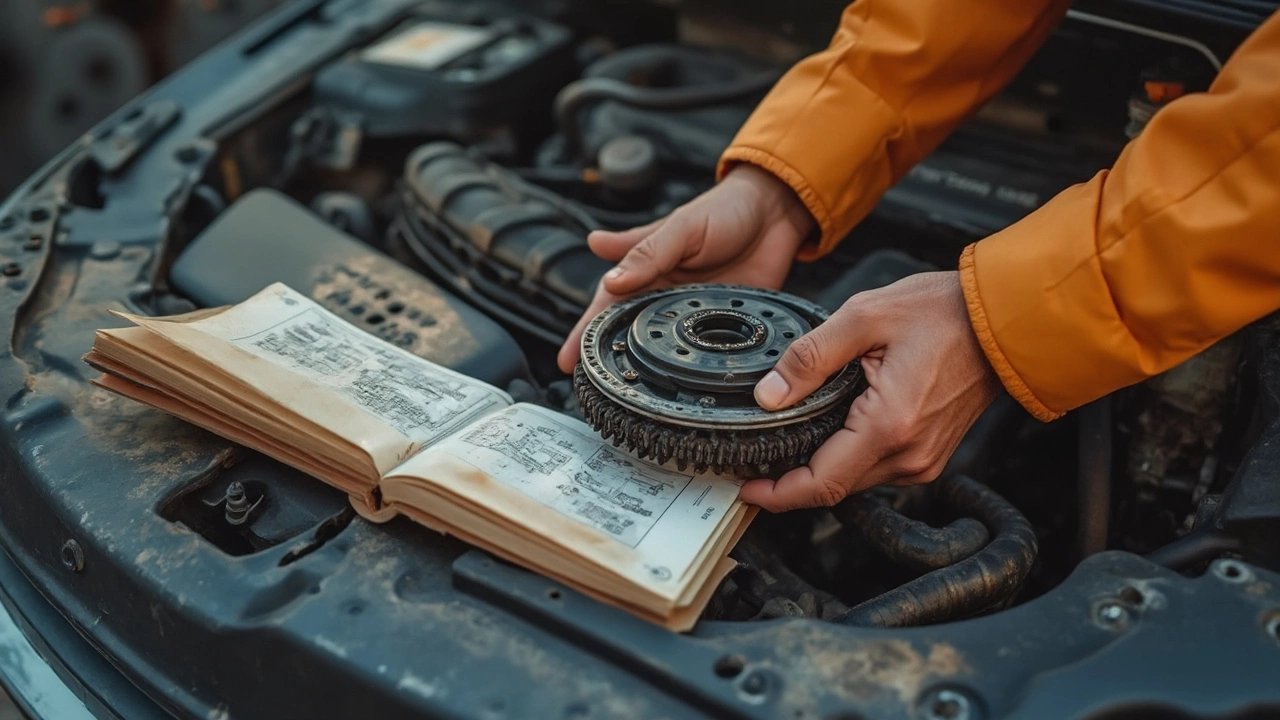
When to Call in the Pros
There comes a point when insisting on a DIY fix stops being thrifty and just becomes frustrating. That’s definitely the case with clutch replacement if you run into certain situations. So how do you know it’s time to hand things off to a pro?
First, if you don’t have the right tools—like a transmission jack, torque wrench, reliable jack stands, or an engine hoist for certain front-wheel-drive cars—you’re asking for trouble. A pro shop will have all this, plus extra bodies to help out. More important, if you’re not 100% sure about handling the weight of a transmission or you just don’t have a space to work safely, don’t risk it.
- Your vehicle needs a dual-mass flywheel replaced or machined (these parts are tricky, not for beginners).
- You hit a seized or snapped bolt or strip a transmission mount—these are notorious for becoming major headaches.
- Modern cars are packed with sensors and electronics. If your car has hill-start assist, push-button start, or weird security features, messing with the transmission can mess up more than just the shift linkage.
- Noisy bearing after install? If your new clutch chatters or smells, pro techs will spot the cause in minutes.
A poll from a 2023 automotive forum showed roughly 50% of people who started a clutch replacement themselves ended up needing some help from a mechanic—usually when they couldn’t get the transmission realigned or ran into a snapped bolt.
| DIY Challenge | Chance You’ll Need a Pro |
|---|---|
| Noisy or slipping clutch after install | 70% |
| Snapped/stuck bolts | 80% |
| Transmission alignment issues | 65% |
| Lack of space/tools | 90% |
| Electronic/hydro clutch issues | 75% |
It may feel like waving the white flag, but sometimes calling in a pro saves money, sanity, and maybe your knuckles too. Pros can usually finish a clutch replacement in four to six hours for most cars, compared to a whole weekend—or longer—if you’re learning as you go. You also get a warranty for the work and peace of mind if something goes sideways. Don’t forget: sometimes experience beats YouTube every time, especially when your daily driver is on the line.

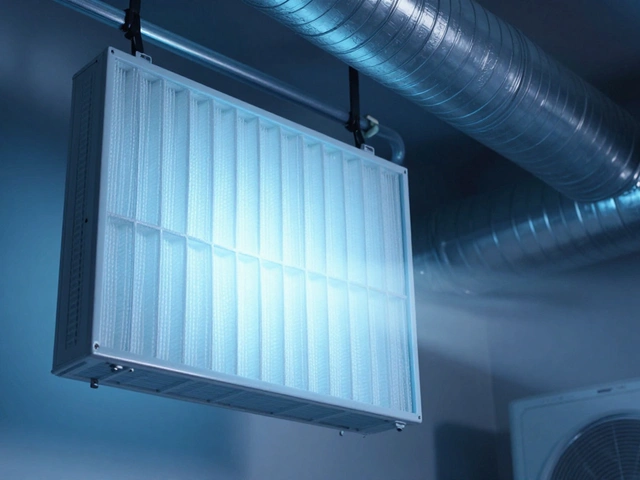
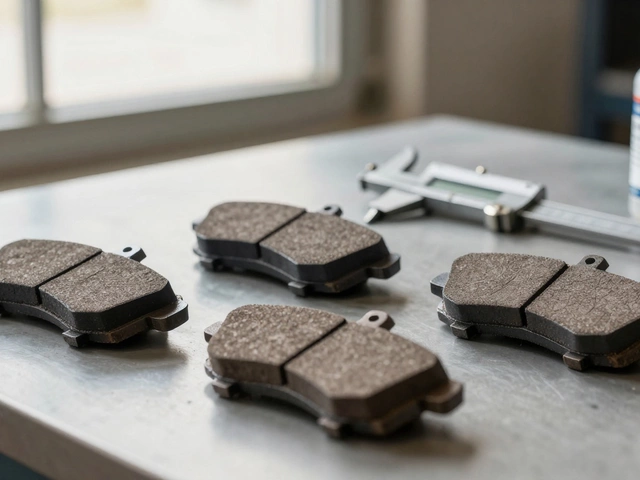
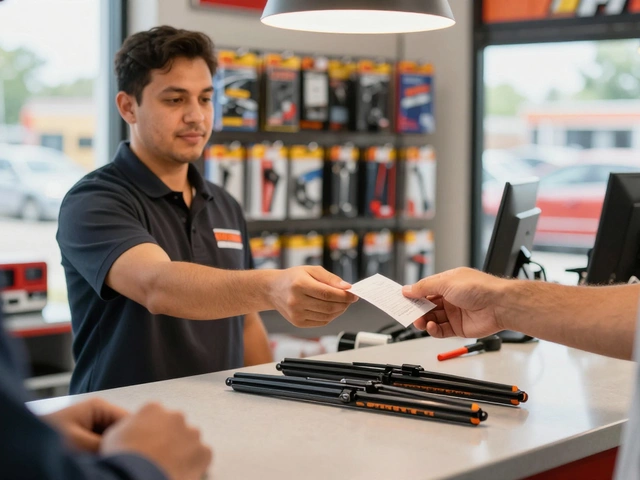


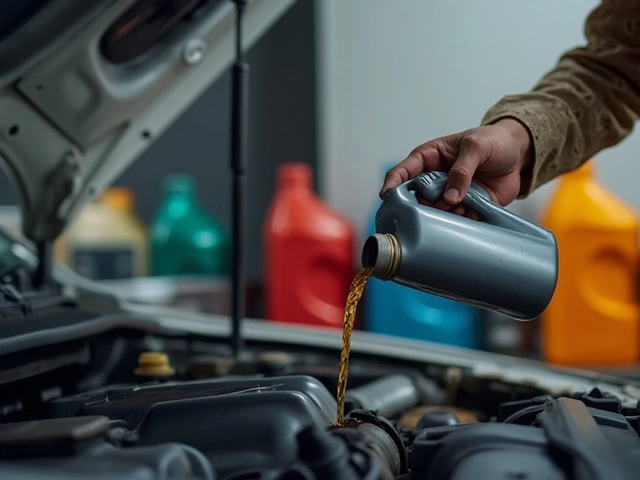
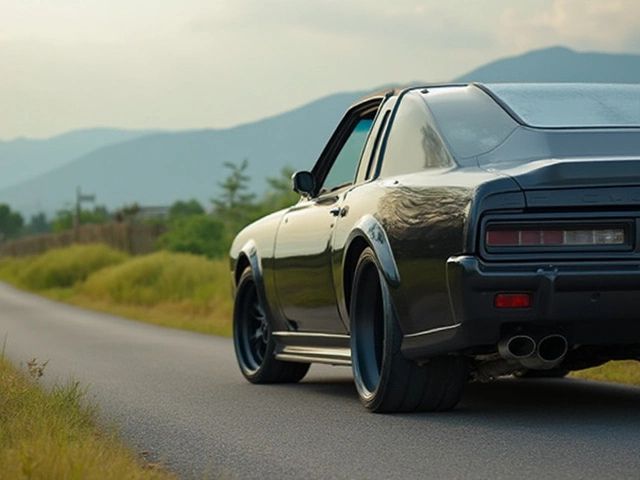

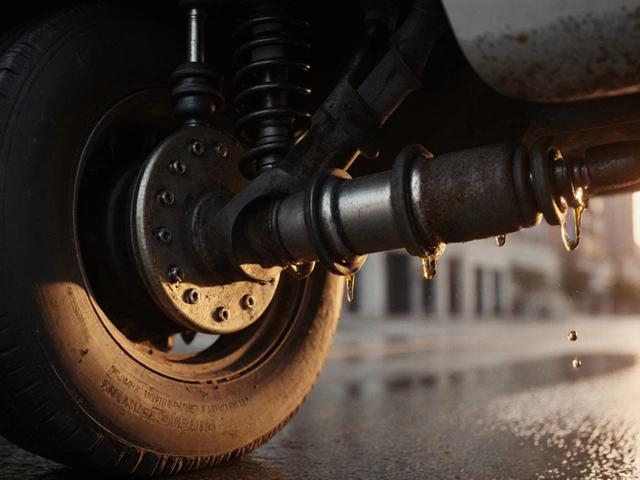

Write a comment